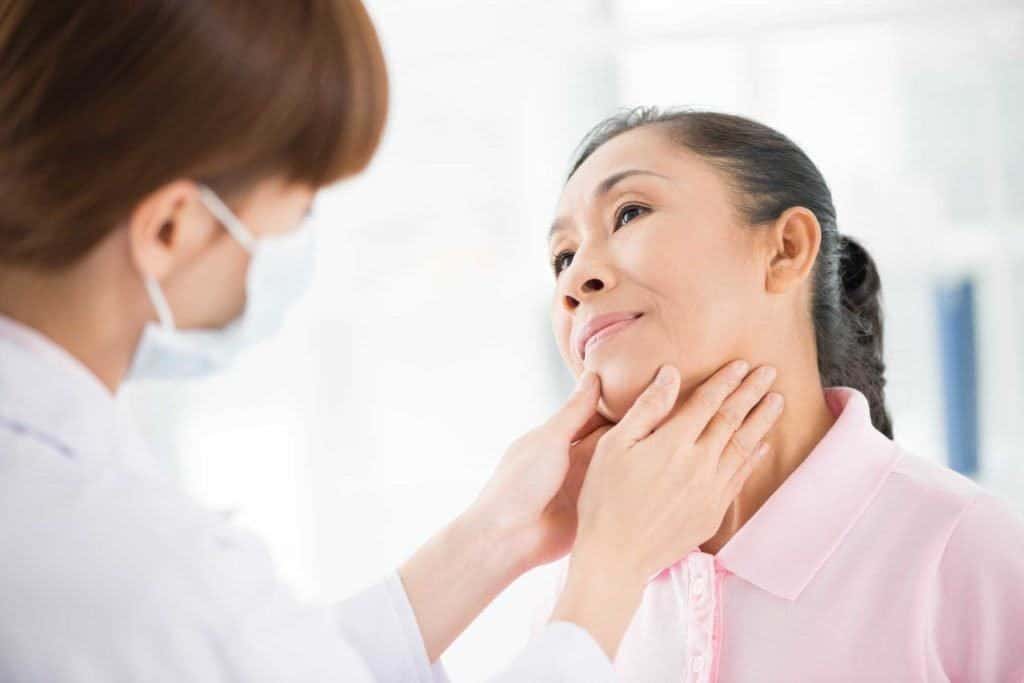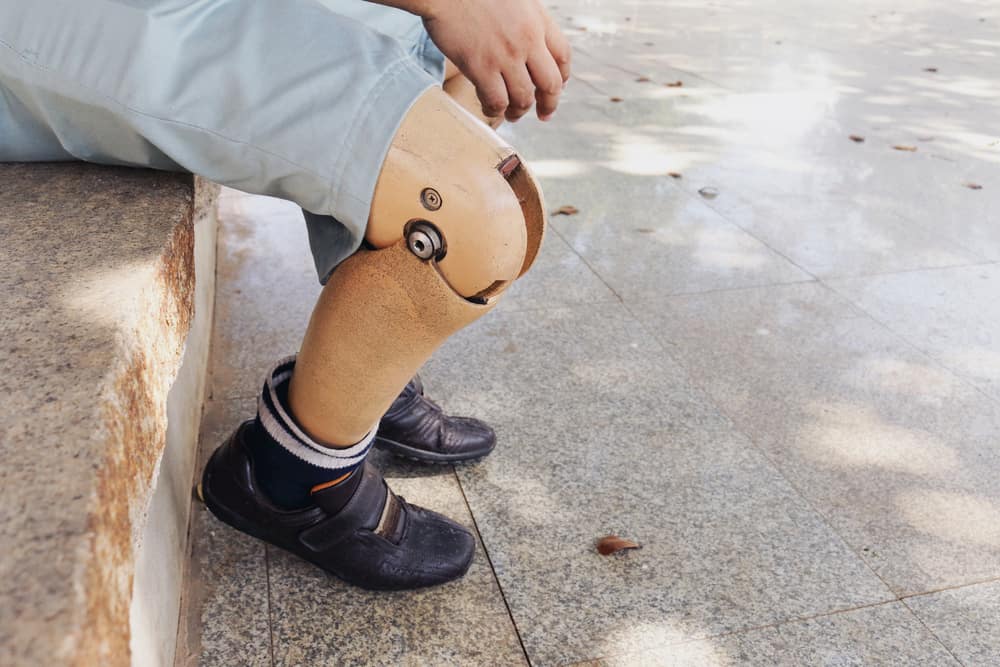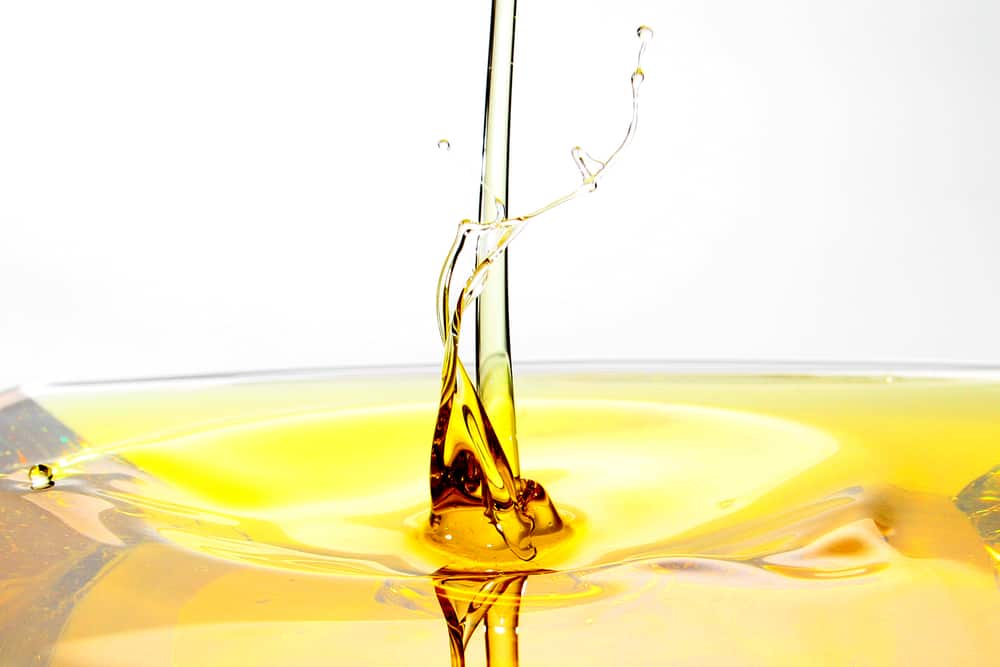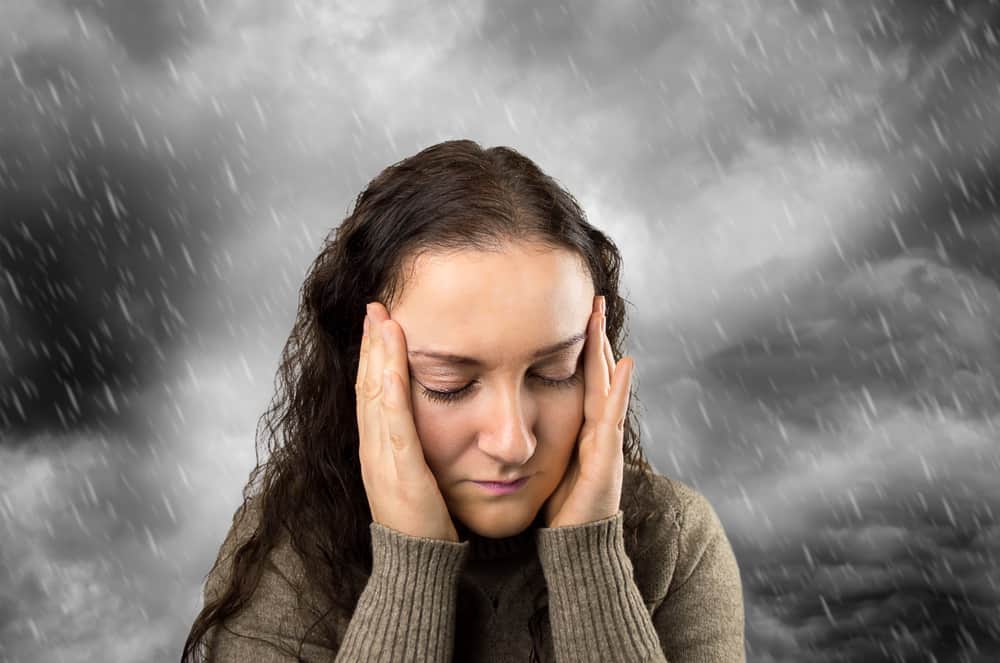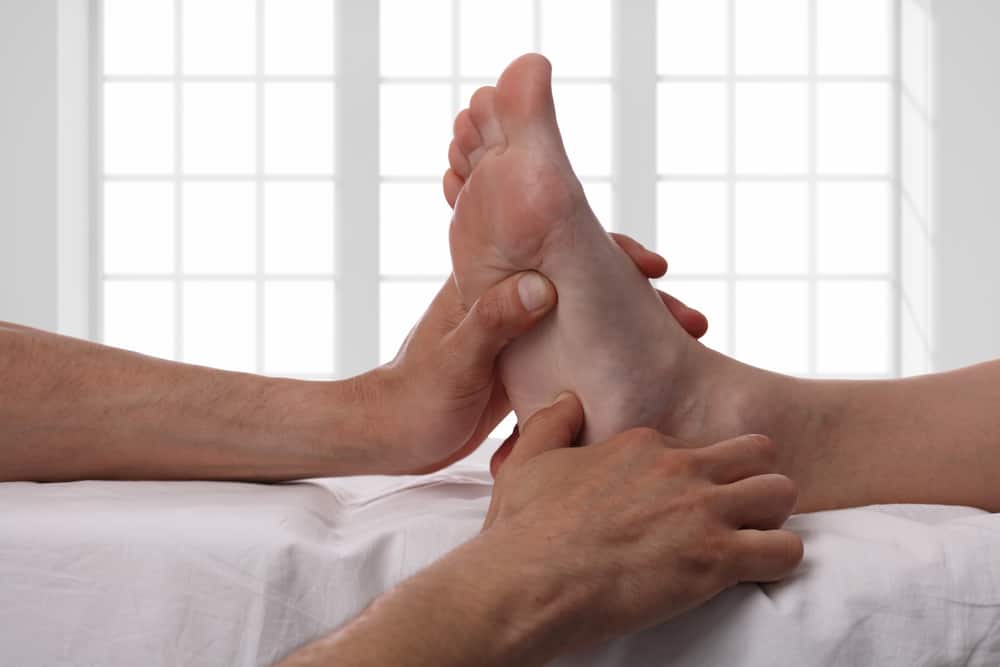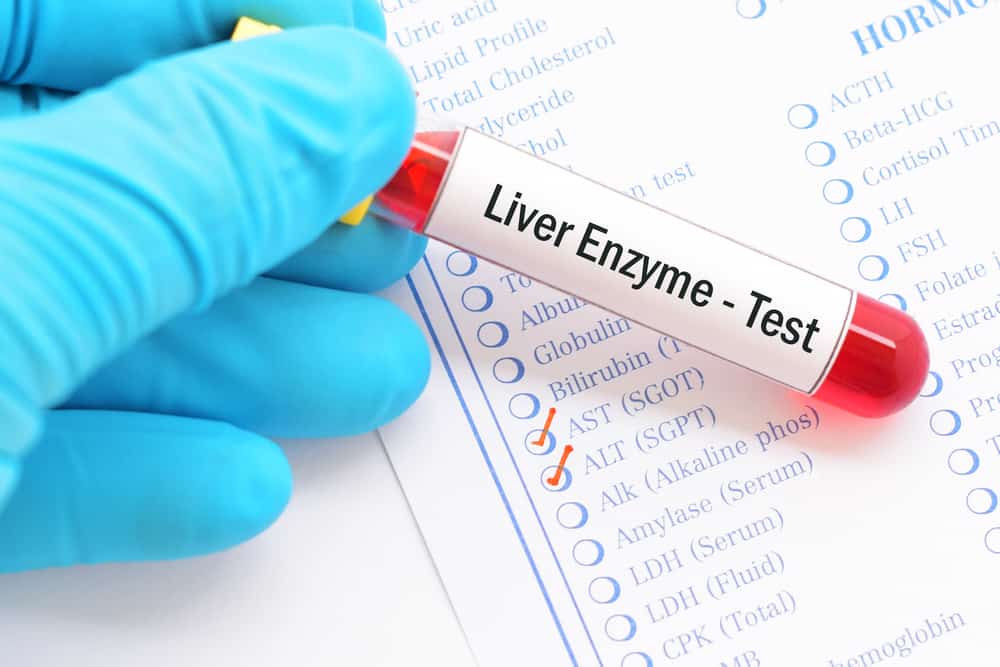Contents:
- Medical Video: What Is Seborrheic Dermatitis?
- What is seborrheic eczema?
- What are the symptoms of seborrheic eczema?
- Area affected
- Display
- When should I visit a doctor?
- Who is at risk for seborrheic eczema?
- What are the complications of seborrheic eczema?
- Home care
- Cradle cap
Medical Video: What Is Seborrheic Dermatitis?
What is seborrheic eczema?
Seborrheic eczema or seborrheic dermatitis is a very common skin condition. If the baby experiences it, this condition is called cradle cap. Seborrheic eczema has 2 main causes. First is the production of excess oil on the skin. Second is the malassezia fungus which is found naturally in the skin oil and acts as an irritant.
Although there is no cure, recognizing and avoiding triggers and starting a good skin care routine can control this condition.
What are the symptoms of seborrheic eczema?
Area affected
Seborrheic eczema tends to appear in oily areas of the body. According to the Mayo Clinic, seborrheic eczema often occurs on the scalp. Other areas include:
- The inside and around the ear
- Eyebrow
- Nose area
- Back
- The top of the chest
Display
Seborrheic eczema has several characteristics and symptoms.
- The scalp has dandruff and has a white or yellowish color on the scalp
- Areas with problems tend to be oily
- The skin around the area is reddened
- The skin around the itchy area
- Hair loss in the area
When should I visit a doctor?
Not all cases of seborrheic eczema can be overcome by using anti-dandruff shampoos that are commonly sold. Drinking medicines, prescribed shampoos, creams and medical gels can be used for more severe cases.
A visit to the doctor is needed if:
- Conditions did not improve after the use of the usual anti-dandruff shampoo
- Very red scalp
- The skin feels very painful
- The skin produces pus, liquid or crusty
- Significant discomfort and you feel you need medical help
Who is at risk for seborrheic eczema?
Doctors aren't sure why some people have seborrheic eczema and others don't. Your risk is greater if you have a close family who has this condition. Other factors that can increase risk include:
- Obesity
- Fatigue
- Environmental factors (weather)
- Bad skin care
- Stressful
- There are other skin problems (zits)
- Use of certain products (which contain alcohol)
Certain serious medical conditions can increase your chances of developing this condition. If you have had a stroke, HIV, or Parkinson's, or have had a head injury, you are more likely to experience seborrheic eczema.
What are the complications of seborrheic eczema?
The good news, this condition does not cause significant health problems. However, having seborrheic eczema can make you feel embarrassed. This is due to the wrong view of seborrheic eczema.
For example, many people fear they can get infected, or think people who have seborrheic eczema are not hygienic. There are several things that can be done so that this condition is not too visible.
Home care
Anti-dandruff shampoo is often used to treat seborrheic eczema on the scalp. You need to use it every day for optimal results. Follow the usage instructions printed on the bottle. According to the Mayo Clinic, replacing shampoos with different active ingredients can help, if one product no longer works effectively.
Skin care can also help you overcome this type of eczema, such as:
- Use anti-fungal and anti-itch cream
- Use hypoallergenic soap and detergent
- Rinse thoroughly soap and shampoo on the skin and scalp
- Shave the mustache and beard. Sometimes this alleviates the symptoms
- Use clothes made of cotton so the skin can breathe
- Use clothes that are not textured to avoid irritation
Cradle cap
For babies with cradle cap (another term for seborrheic eczema in infants), try a daily routine like:
- Massaging the scalp or using a fine-toothed comb on the baby
- Wash baby's hair with a mild shampoo
- Rinse hair and scalp clean
- Combing baby's hair with a clean and smooth comb
If it is difficult to clean, you can massage the baby's scalp with olive oil before shampooing.
Your pediatrician can recommend a shampoo or treatment lotion for cradle cap serious.
People with seborrheic eczema will experience this condition at several stages in life. You may go through a period where symptoms almost never occur, and other times when symptoms often recur and feel more severe.
Over time, many people with seborrheic eczema will find a treatment routine (and combined with medication) that works for them, so that the impact is minimized.
Cradle cap usually goes away on its own in a few months.
Hello Health Group does not provide medical advice, diagnosis or treatment.

